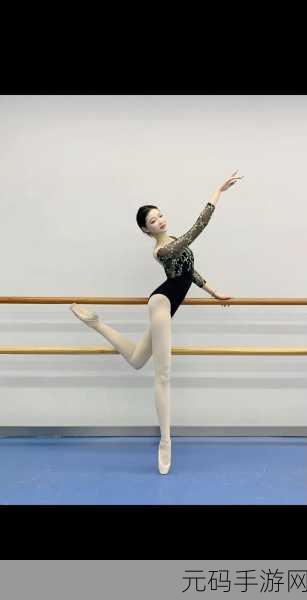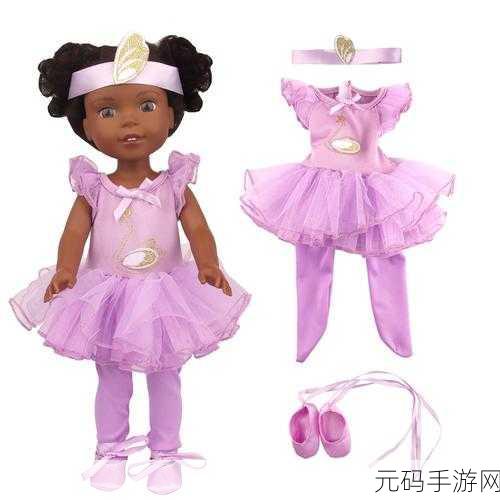舞蹈生与小玩具:芭蕾练习中的创意伙伴
许多舞蹈学生在日常训练中会感到枯燥乏味,尤其是在重复基本动作和技巧时。为了提高学习的趣味性,一些年轻的舞者开始尝试带着小玩具进行芭蕾练习。这一新颖的方法不仅为课程增添了乐趣,还能帮助学生更好地理解身体控制、平衡以及空间意识。
激发想象力与创造力
使用小玩具作为伴侣,可以极大激发孩子们的想象力。当他们将一个可爱的毛绒动物或塑料公仔放在身边时,这个简单的物品就成了故事的一部分。在这些故事里,他们不是单纯地完成技术动作,而是把自己置于各种情境之中,使得每一次旋转、跳跃都充满生命。

例如,一个女孩可以选择她心爱的小兔子,在做阿拉贝斯克(arabesque)的时候,她可能设想着自己的兔子正在追逐彩虹或者跳进梦幻花园。这样的联想让她更加投入,同时也提升了表现能力,增强了对动作用语及其美学的理解。
改善技巧及强化专注
通过引入小玩具,不仅增加了课堂互动性,也有助于改善基本技能。例如,将一个轻巧的小球摆放在脚尖上,通过保持平衡来锻炼核心肌肉群和稳定性。而这种方式相较于传统训练,更容易吸引注意力,因为它结合了一定程度上的游戏元素,让孩子们享受其中而不至于感到无聊。

促进社交互动与团队合作
Ballet 社区强调协作精神,与同伴一起培训显得尤为重要。如果几个舞蹈生能够共同参与这个活动,每个人都携带不同的小玩具,就能形成一种独特又富有竞争性的环境。他们可以互相挑战,比如看谁能用指定的姿势最稳固地站住,并且同时保持手里的玩偶不掉落,从而培养彼此之间默契和友谊。
丰富表演内容,提高自信心
Certainly, the use of toys can also bring a refreshing twist to performances. Dance recitals often adhere to traditional themes and characters, but incorporating personal small items allows for more unique storytelling. For instance, imagine a performance where each dancer introduces their toy as part of their character—this addition not only enhances the narrative depth but also makes it more relatable for fellow students and parents.
Dancers gain confidence when they see how an ordinary object transforms into something magical on stage. This self-expression encourages them to take risks in choreography while appreciating that dance is about creativity rather than perfection.
Tips for Integrating Toys into Ballet Training:
- Select appropriate toys: Choose light-weight & safe options suitable for movement.
- Create themed classes: Encourage dancers to explore various stories related to their chosen toy.
- Sustain safety first: Ensure all activities maintain focus on proper technique without causing injury or distraction.



